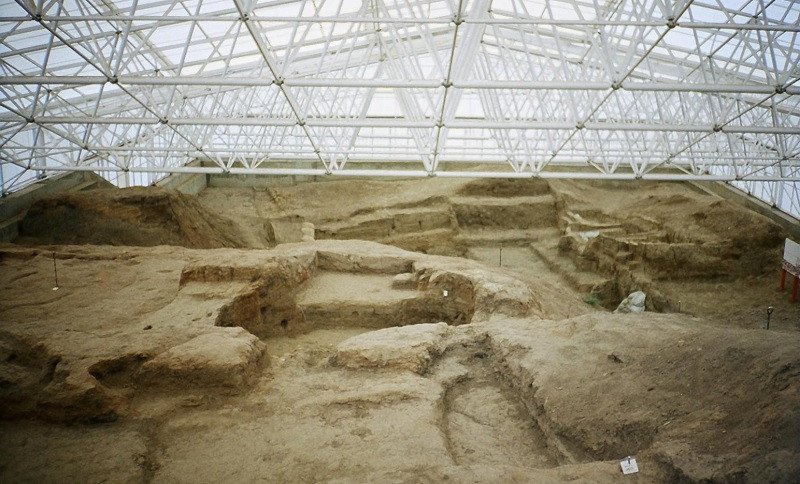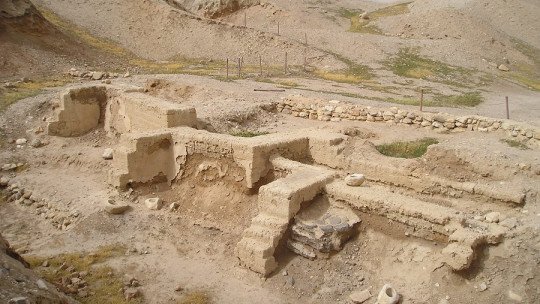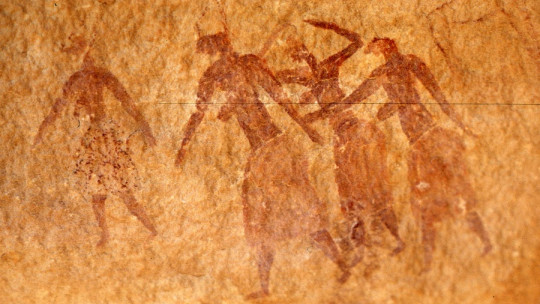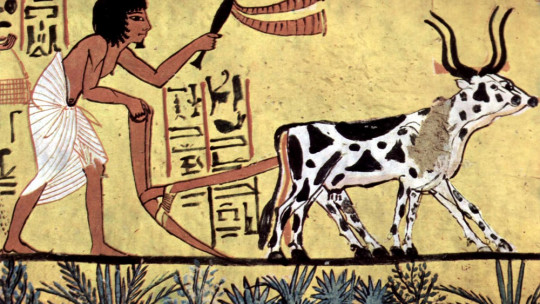According to United Nations statistics, around 54% of the world’s population lives in cities ; that is, more than half. Nowadays, urban agglomerations seem normal and “everyday” to us; Even a town, no matter how small, meets the minimum requirements for the life of its inhabitants to be comfortable and modern.
However it was not always so. Our ancestors lived in groups, but they practiced nomadism. As they were hunter-gatherer communities, they were forced to follow the herds, which migrated depending on the climate. This nomadism, of course, prevented the fixed establishment of the groups.
In today’s article We talk about the origins of the first human settlements and how these communities began to stay permanently in one place the embryo of our future cities.
The origins of the first cities
The first human settlements coincide, therefore, with the appearance of agriculture and livestock. By abandoning the need to follow “food,” human beings also abandoned nomadism and established a fixed residence.
Agriculture emerges
We have evidence of settlement in small villages dating from between 12,500 and 10,300 BC. Specifically, the so-called Natufian culture, in modern-day Israel, gives us valuable clues about what those first urban settlements must have been like. One of the oldest towns is Jericho, in Palestine, where vestiges of circular houses and a wall that protected the town have been found, all built about 10,000 years ago.
These first settlements would not have been possible without the rise of agriculture, which dates back to approximately 10,000 BC. It is precisely this transition, which will lead humanity to a productive economy, that marks the beginning of the Neolithic
Some experts, such as the Australian archaeologist Gordon Childe, affirm that the climate change that occurred with the end of the great glaciations (approximately in 12,000 BC) led to the appearance and expansion of the Neolithic, that is, of this life system. sedentary that guaranteed greater social structuring and greater production.
Obviously, agriculture and livestock guaranteed an increase in food production which, in turn, increased the human population. When you yourself control the growth of cereals and the reproduction of animals, it is much easier produce surpluses that, in addition to eliminating periods of hunger, allow exchanges with nearby cities
It is precisely this extraordinary demographic growth that, according to archaeologists Lewis R. Binford and Kent V. Flannery, led to pressure that led to greater social structuring. This gave rise to the emergence of an urban hierarchy that, over time, became increasingly sophisticated.
The specialization of work
Although the construction of houses in primitive towns like Jericho was probably the responsibility of its tenants, the wall was due to the close collaboration of the city’s inhabitants, with a view to a common benefit. That is to say, in these primitive cities the emergence of common work, of collaboration for the sake of safeguarding the community, is clearly observed.
Little by little, however, the first social differences began to appear This had to do, as we have already noted, with the emergence of production surpluses derived from the end of nomadism and the rise of agriculture, which allowed for incipient trade and, therefore, the emergence of a powerful primitive social class.
This class difference brought about the appearance of trades and professional work. Citizens begin to specialize in specific activities (the blacksmith, the potter, the farmer…), so this primitive, almost “family” collaboration disappears and work becomes a defining characteristic of the individual’s social class.
The first documented human settlements
Thus, we have several causes for human settlement in primitive cities. First, the domestication of animals and the appearance of cereal cultivation techniques, which gave rise to agriculture, the true basis of the Neolithic. In this way, humans no longer needed to constantly follow herds to ensure food.
On the other hand, the need to organize work (whether in the construction of the defenses of the population center, or in the planting, care and collection of food) caused these primitive settlements to evolve towards a greater hierarchy, so the first jobs appeared. This social differentiation was also fueled by the appearance of surplus production which allowed incipient trade and, therefore, the appearance of wealth and an elite.
Jericho, the oldest
We have already mentioned that this settlement, located in Palestine, is the oldest documented city. It dates back to approximately 10,000 BC and was made up of various circular houses protected by a wall The case of the houses in Jericho is totally unusual, since in later settlements the remains indicate that the houses were built in a rectangular shape.
The first excavations date back to the 19th century, but the techniques of the time and the age of the city did not allow much information to be extracted. It was not until the mid-20th century, with the archaeologist Kathleen Kenyon and contemporary excavation methods, that significant progress was made in our knowledge of the city.
Kenyon found, in the stratum identified with 7,000 BC, a series of plaster casts of human skulls that seemed to have gone through certain rituals, proving a very ancient cult of the dead. However, the famous walls of the legendary Jericho that the Bible sings about did not manifest. The fortification that was found had signs of having been destroyed, probably by an earthquake, but it did not appear to have been rebuilt, so it could not have been the protagonist of Joshua’s siege of the Israelites.
Catal Hüyük
Behind Jericho, on the timeline we find the city of Çatal Hüyük, in modern-day Türkiye, dating from approximately 7,500 BC The location of these first cities in the eastern Mediterranean seems to contradict the theory that the oldest settlements are found in Mesopotamia; in fact, Uruk, in modern-day Iraq, dates “only” to 5,000 BC

Çatal Hüyük is one of the most famous settlements, probably due to its dimensions and its strange urban conception. During the excavations, which began in the early 1960s, up to 15 levels were found, spanning a range of years from 6,700 to 5,700 BC, when the city was suddenly abandoned, possibly due to a fire.
The remains showed the existence of about 40 houses, which had interesting paintings on the walls: hunting scenes, dances and what seemed like rituals. The insistence of this type of decoration in the city made experts think that Çatal Hüyük was more of a religious center, and that the houses found there were the homes of the priests and the workers who served them.
The urban peculiarity of Çatal Hüyük is based on its curious access. There are no streets; The houses, built in adobe, were joined , and access to the homes was through the roof, from which a staircase descended to the interior of the houses. Social life, therefore, took place on the roofs.
What can be seen as an urban curiosity led to terrible overcrowding and poorer ventilation, as demonstrated by the study by anthropologist Clark Spencer Larsen, of Ohio University. Another conclusion reached by Larsen’s study is that the Neolithic diet, based mainly on cereals, caused the appearance of the first human cavities. Not everything in the first cities was, as can be seen, positive.









